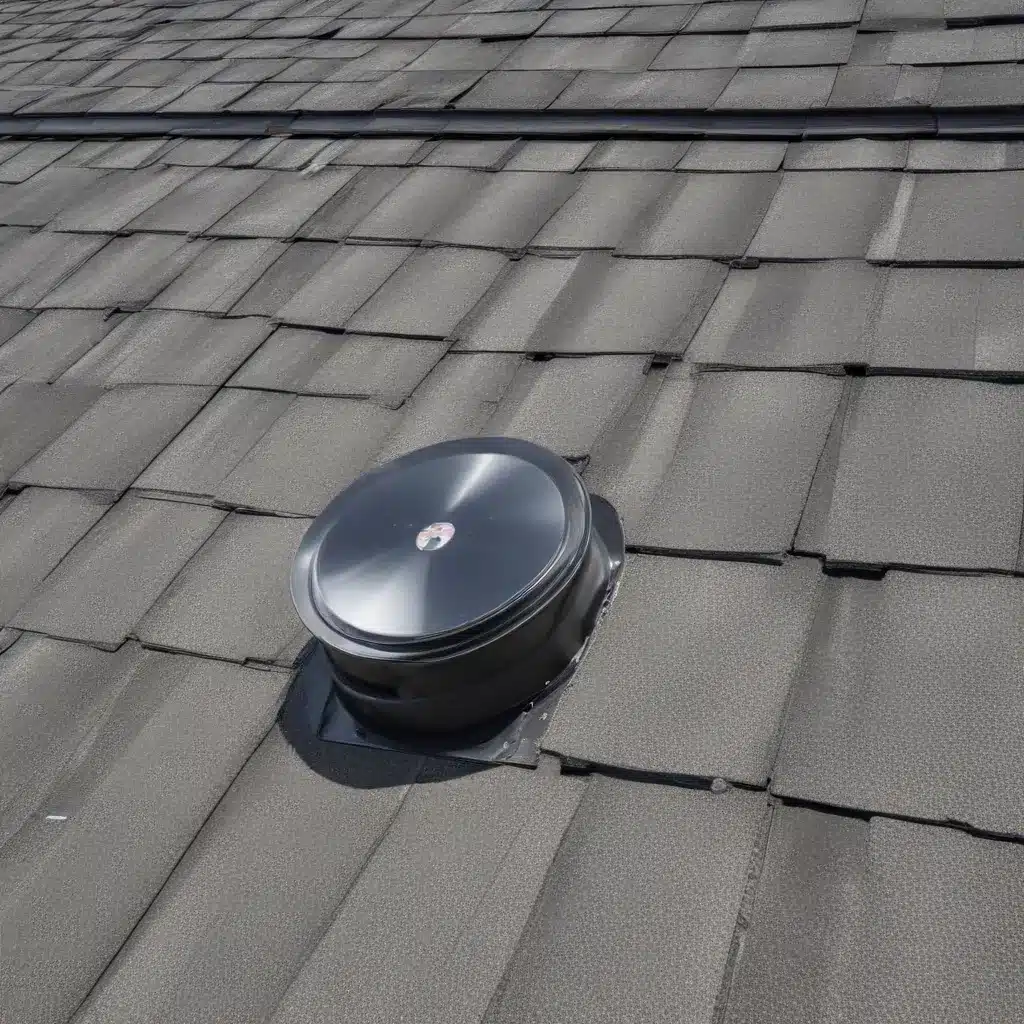
The Symbiotic Relationship Between Attic Insulation and Roof Ventilation
In the realm of home comfort and energy efficiency, the attic often plays a crucial but underrated role. Many homeowners focus on insulation or ventilation separately, but understanding the symbiotic relationship between attic insulation and roof ventilation can lead to significant improvements in both comfort and energy savings.
Attic insulation is like a cozy blanket for your home, helping to maintain a comfortable indoor temperature by preventing heat transfer between the living space and the outdoors. During cold winters, insulation traps heat inside, reducing the need for excessive heating. In the summer, it acts as a barrier, keeping unwanted heat from penetrating into your home. Common insulation materials include fiberglass, cellulose, and foam, each offering unique benefits in terms of cost, effectiveness, and eco-friendliness.
While insulation focuses on regulating temperature, roof ventilation is all about airflow. Proper ventilation allows fresh air to circulate through the attic, preventing the buildup of moisture, heat, and pollutants. Without adequate ventilation, your attic can become a breeding ground for mold, mildew, and structural damage. Roof vents, soffit vents, ridge vents, and attic fans are common ventilation solutions that work together to maintain optimal airflow and temperature regulation.
The Benefits of Proper Roof Ventilation
When insulation and ventilation work hand in hand, they create a balanced environment that maximizes energy efficiency and comfort. Consider this scenario: during the summer months, insulation prevents the sun’s heat from seeping into your home, while ventilation ensures that any heat that does enter is quickly whisked away, reducing the burden on your air conditioning system. In the winter, insulation retains heat inside, and ventilation prevents moisture buildup, safeguarding against mold and rot.
Proper roof ventilation provides numerous advantages for your home, including:
-
Temperature Regulation: Efficient ventilation prevents heat buildup in your attic and roof system during the summer months, helping to maintain comfortable indoor temperatures and reducing reliance on air conditioning systems.
-
Moisture Control: Ventilation reduces attic humidity, preventing moisture-related issues such as mold growth, wood rot, and insulation damage, which can compromise your home’s structural integrity and air quality.
-
Energy Efficiency: By promoting consistent temperatures throughout the house and reducing cooling loads, proper roof ventilation can lead to lower energy consumption and reduced utility bills.
-
Roof Longevity: Efficient ventilation helps prevent damage caused by heat and moisture, extending the life of your roofing materials and avoiding costly repairs or replacements.
Identifying and Addressing Common Ventilation Issues
Homeowners should remain vigilant for signs of common roof ventilation problems, such as:
-
Inadequate Ventilation: Insufficient ventilation can lead to issues such as excess heat buildup, increased energy consumption, and shorter roof lifespan. Ensuring a balanced ventilation system with both intake and exhaust vents is key.
-
Blocked Vents: Debris, dirt, or insulation can block vents, impeding airflow and reducing the efficiency of your ventilation system. Regular inspections and timely clean-up will help keep your vents clear and functional.
-
Condensation: Warning signs of high humidity in your attic, such as condensation on windows or rust on metallic components, may indicate inadequate ventilation and require immediate attention.
-
Mold and Mildew: Moisture issues in your attic can lead to mold and mildew growth, posing health risks and damaging your home’s structure. Proper ventilation can keep humidity levels in check and prevent mold problems.
Optimizing Your Attic and Roof Ventilation
To improve your roof’s performance and longevity, follow these essential guidelines for optimizing your attic and roof ventilation:
-
Assessment: Consult with a reputable and experienced contractor to evaluate your current attic and roof ventilation system, identifying any issues and recommending necessary upgrades.
-
Balanced Ventilation: Ensure proper balance between intake (soffit or eave) vents and exhaust (ridge or gable) vents to maintain consistent airflow and efficient temperature regulation throughout your attic and roof system.
-
Insulation Management: Avoid packing insulation too close to the roof deck, as it may block airflow between soffits and ridge vents. Ensure insulation extends to the eaves, with proper vent chutes in place to maintain a clear path for airflow.
-
Air Sealing: Seal any gaps or cracks in your attic’s floor, walls, and ceiling to prevent conditioned air from escaping and outside air from infiltrating your living spaces. This ensures optimal energy efficiency and thermal performance in conjunction with your roof ventilation system.
-
Routine Inspections: Periodic attic and roof inspections can help you identify potential ventilation issues, such as blocked vents, moisture concerns, or insulation discrepancies. Address problems promptly to maintain the ongoing efficiency and lifespan of your roof system.
By understanding the connection between attic insulation and roof ventilation, and implementing the right strategies, you can create a comfortable, energy-efficient, and healthy home environment. Partnering with a professional contractor, like those at Local Builder London, can help you identify and address any ventilation issues, ensuring your home’s long-term performance and durability.
Conclusion: Unlocking the Full Potential of Your Roof System
Optimizing your home’s roof ventilation is essential for maintaining a comfortable, energy-efficient, and healthy living environment. By addressing common ventilation problems and implementing a well-balanced system, you can unlock the full potential of your roof and attic, leading to improved indoor comfort, reduced energy costs, and extended roof lifespan.
Whether you’re looking to upgrade your existing home or planning a new construction project, investing in proper attic insulation and roof ventilation is a wise decision that will pay dividends for years to come. By partnering with experienced professionals and following the guidelines outlined in this article, you can create a harmonious and efficient roof system that enhances your overall living experience.


